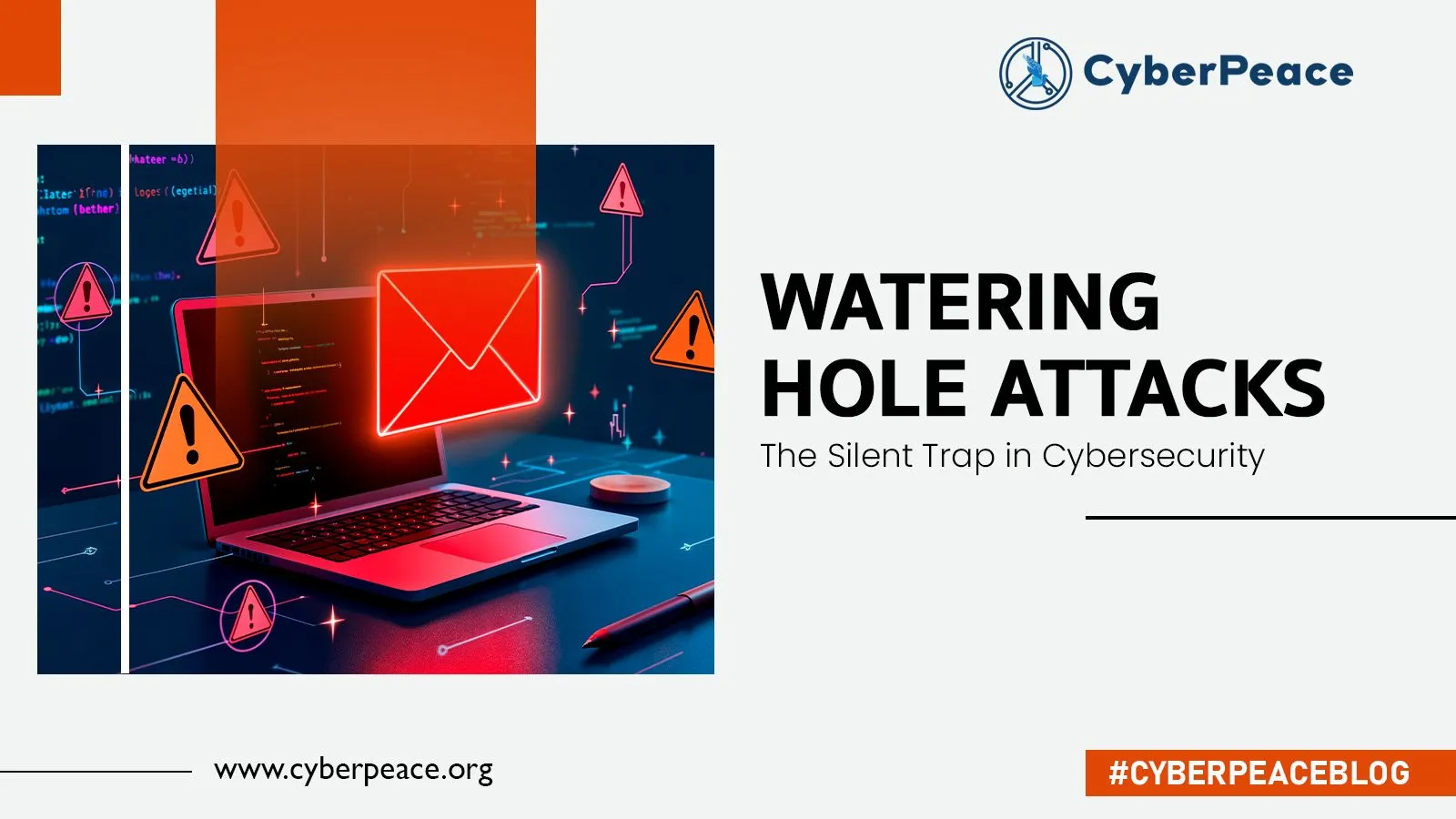Role of the Judiciary in balancing Freedom of Speech and Regulation of Online Content
Introduction
Freedom of speech and expression is fundamental to democracy and is constitutionally entrenched in Article 19(1)(a) of the Indian Constitution. The explosion of online spaces, brought about by the digital age, in the form of social media, blogs, and messaging apps, has reinterpreted how information is authored, disseminated, and consumed. This digital revolution has galvanised individuals to engage further inclusively in public debate, but has also fanatically magnified the risks of misinformation, hate speech, and threats to public order. Against this background, the judiciary is increasingly called upon to determine the limits of free speech, primarily where state regulation seeks to infringe upon constitutional protection.
Constitutional and Statutory Framework related to Freedom of Speech
The judiciary plays an integral role in balancing the fundamental right of freedom of speech with the regulation of online content, especially during the fast-paced evolution of the digital world. In India, with Article 19(1)(a) of the Constitution guaranteeing the freedom of speech, the courts bear the critical responsibility of protecting this liberty while recognising the State's legitimate interests in restricting harmful or unlawful content on a digital scale. This adjudicatory dilemma is even trickier because the said right has been held by the Supreme Court not to be an absolute one and is subject to "reasonable restrictions" as in Article 19(2), which recognises restrictions in the interest of sovereignty, security, public order, decency, and morality. Freedom of speech, being the cornerstone of democracy in India, does have an umbrella of reasonable restrictions under which the state can regulate any form of speech that infringes upon other equally compelling societal interests. However, with the coming of the internet and other digital communication arrangements, there was a need to develop new statutory instruments, i.e., Information Technology Act, 2000 (IT Act) and Rules made thereunder, including Information Technology (Intermediary Guidelines) and Digital Media Ethics Code Rules, 2021. These enactments attempt to regulate digital content, confronting issues such as hate speech, misinformation, and content that threatens public order. The judiciary's mandate is to interpret the enactments within the constitutional precincts, thus ensuring that the arbitrariness of State action is not aggravated or that the regulation is not overbroad. Judicial Landmark Decisions Affirming Balance The judiciary has played a front-ranking role in elaborating a jurisprudence protecting free speech in delineating legitimate regulation thereof. The Supreme Court judgment in Shreya Singhal v. Union of India, 2015, is seminal. Section 66A of the IT Act was struck down as it was vague and overly broad, causing a chilling effect on online speech. The Court has emphasised that any limitation on speech must be precise and fall strictly within the parameters laid down in Article 19(2). While the Court recognises that harmful online content needs to be addressed, the remedy must not encroach upon free political debate, satire, and criticism vital for democracy.
Following this, the Anuradha Bhasin case clarified the convergence of free speech and online access. The court held that the right to free speech had a vital medium in the form of the internet and that it would have to be an inevitable, proportionate shutdown, and transparent for challenge before the judiciary for any shutdown of the internet. This reaffirmed that restrictions on online speech must be rigorously tested.
Subsequent cases involve limitations on the 2021 IT Rules, whereby such government bodies can demand that “fake” or “misleading” material be taken off the internet. Courts move with circumspection, recognising the government's interest in fighting bogus information but remaining vigilant against over-regulation that can be code for pre-emptive censorship and threatening healthy discourses.
The virtual world raises particular and deeper questions: the viral nature of online speech multiplies its impact, distributing both democratic ideas and abusive material instantaneously. The courts recognise this twinning. While pressurising the legislature and executive to formulate clearer, more precise rules, courts simultaneously act as constitutional Guardians, avoiding breaches of the right with executive excess or vague laws. There is a strain between judicial activism, which promotes constitutional rights aggressively, and the fear of judicial paternalism, courts overreaching into policy arenas. But there is a need for vigilance by the judiciary due to the rapidly changing nature of digital technologies and threats to the freedoms of democracy. The judiciary continues to give contours to free speech and online regulation. There are enforcement issues, such as ongoing abuse of struck-down provisions, such as Section 66A, that the court counters with reaffirmation of constitutional directives. The evolving jurisprudence balances on thin stilts, upholding the democratic spirit of India by securing speech on online spaces and sanctioning reasonable, transparent moderation of harmful speech.
Conclusion
The Indian judiciary's leadership in balancing online content regulation with the freedom of speech is central and refined. The courts continually emphasise that speech on the digital medium is highly constitutionally protected and that restrictions must be legally valid, specific, essential, and proportionate. By classical decisions and constant review of new regulating actions, courts safeguard democratic participation in the digital public domain from unmeritorious censorship. Concurrently, the courts recognize the responsibility of the state in regulating digital ills such as mis recipe and hate speech, demanding parameters that uphold constitutional freedoms and the due process. The balancing act of the judiciary continues to be fundamental in defining India's digital democracy so that free speech can thrive even as the state upholds public order and human dignity in the digital communication age.





